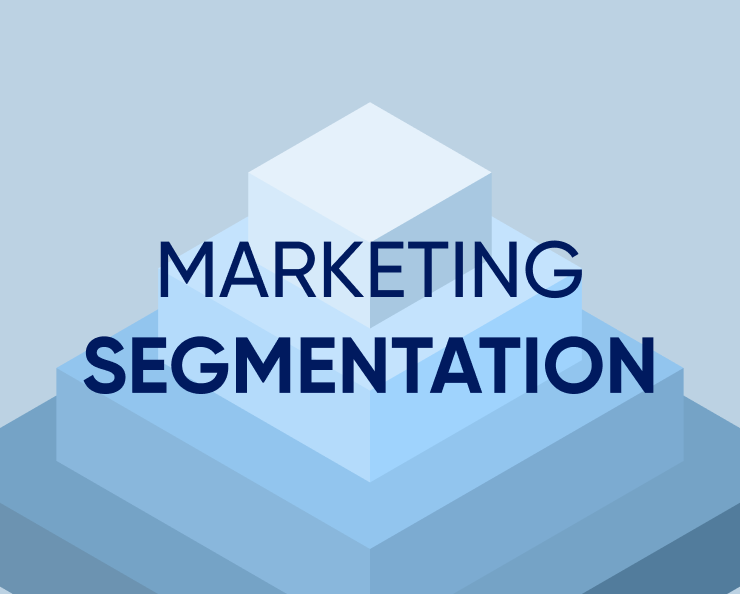Market Segmentation – There are many ways to segment a market, but not all segmentations are effective. However, to be effective, market segments must have the following characteristics:
Measurability
The size, purchasing power, and profiles of the segments should be measurable. However, certain segmentation variables are hard to measure.
For example, Kotler (1997) reported that there were 24 million left-handed people in the United States – almost equalling the entire population of Canada.
Yet few products were targeted towards this segment. The major problem may be that the segment is hard to identify and measure.
Accessibility
The market segments should be effectively reached and served. Suppose a perfume company finds that heavy users of its brand are single men, who stay out late and socialize.
Unless this group lives or shops at certain places and is exposed to some media, its members will be hard to reach.
Substitutability
The market segments should be large or profitable enough to be served. A segment should be the largest possible homogeneous group worth pursuing with tailored marketing programs.
Read Also: Importance and Need for Financial Literacy (Financial Education)
Actionability
Effective programs should be designed in order to be attractive and to serve the segment(s) better.
Bases for Segmenting Consumer Markets
There is no single way to segment a market. A marketer has to try different segmentation variables, alone and in combination, to find the best way to view the market structure.
Geographical Segmentation
Geographical segmentation, calls for dividing the market into different geographical units such as nations, states, regions, countries, cities, or neighborhoods.
A company may decide to operate in one or a few geographical areas, or to operate in all areas but pay attention to geographical differences in needs and wants.
Many companies today are regionalizing their marketing programs – localizing their products, advertising, promotion, and sales efforts to fit the needs of individual regions, cities, and even neighborhoods. Coca-cola and Pepsi-cola use this method for their products.
Demographic Segmentation
This consists of dividing the market into groups based on age, gender, family size, family life cycle, income, occupation, education, religion, race, and nationality.
Demographic factors are the most popular bases for segmenting customer groups. One reason is that consumer needs, wants, and usage rates often vary closely with demographic variables.
Even when market segments are first defined using other bases, such as personality or behavior, their demographic characteristics, must be known to assess the size of the target market, and to reach it efficiently.
Read Also: Roles of Pricing and Advertising in Marketing Mix
Age and life cycle stage
Consumer needs and wants change with age. Some companies, for example, use age and life cycle segmentation, offering different products or trying different marketing approaches for different age and life-cycle groups.
Marketers must guard against stereotypes when using age and life cycle segmentation. For example, a seventy-year-old man might be in a wheelchair, while another might be on the tennis court(s). Other elements are gender, income, etc.
Psychographic Segmentation
This involves dividing buyers into groups based on social class, lifestyles, or personality characteristics. People in the same demographic group can have very different psychographic make-ups such as:
- Social Class: Many companies design products or services for specific social classes, building features that appeal to these classes. Wristwatches, clothing.
- Lifestyle: People’s interest in various goods is affected by their lifestyles, and the goods they buy express those lifestyles. Examples of this are films, books, magazines, etc.
- Personality: Marketers also use personality variables to segment markets, giving their products personalities that correspond to consumer personalities.
- Successful market segmentation strategies based on personality have been used for products such as cosmetics, cigarettes, insurance, and liquor.
Behavioral Segmentation
This involves dividing buyers into groups based on their knowledge, attitudes, uses, or responses to a product. Many marketers believe that behavioral variables are the best starting point for building market segments.
Read Also: New Product Development Strategy and Generation of New Product Ideas
Occasions
Buyers can be grouped according to occasions when they get the idea to buy, actually make their purchase, or use the purchased item. Occasion segmentation can help firms build up product usage.
Benefits Sought
A powerful form of segmentation is to group buyers according to the different benefits that they seek from the product. Benefit segmentation requires finding the benefits people look for in the product class, and the kinds of people who look for does benefit.
Colgate Palmolive, for example, used benefit segmentation to reposition its Irish spring soap. Others are Close-Up, Maclean, Beauty soap, Dettol soap, Delta soap, etc. Others could be the flower and product appearance, and brightness.
User Status
Markets can be segmented into groups of non-users, ex-users, potential users, first-time users, and regular users of a product. Note, that potential and users may require different kinds of marketing appeals.
Usage Rate
Markets can also be segmented into light, medium, and heavy- user groups. Industrial products are easily classified under this, such as salt, starch, sugar, cement, roofing sheets, etc.
Attitude Towards Product
People in a market can be enthusiastic, positive, indifferent, negative, or hostile about a product. These are variables of behavioral segmentation.
Read Also: Product Concept Development and Evaluation
